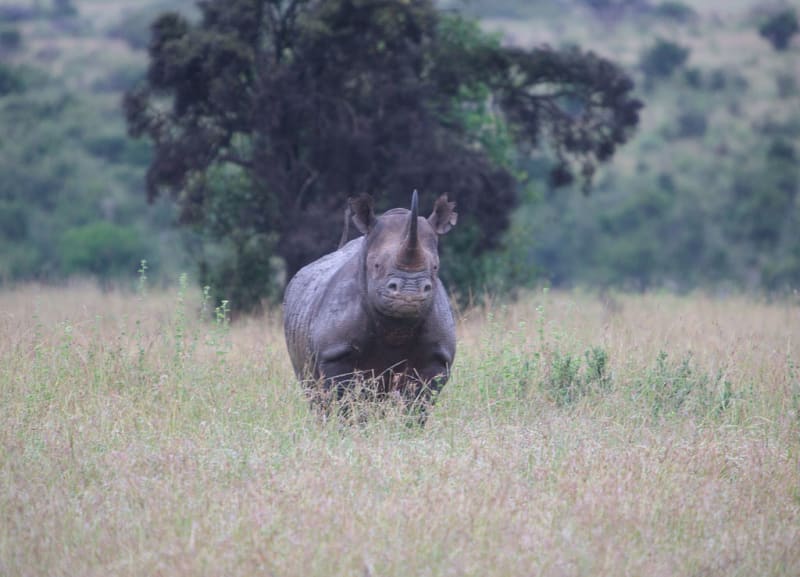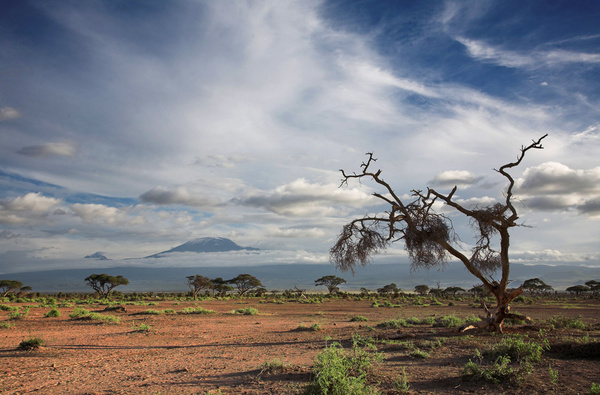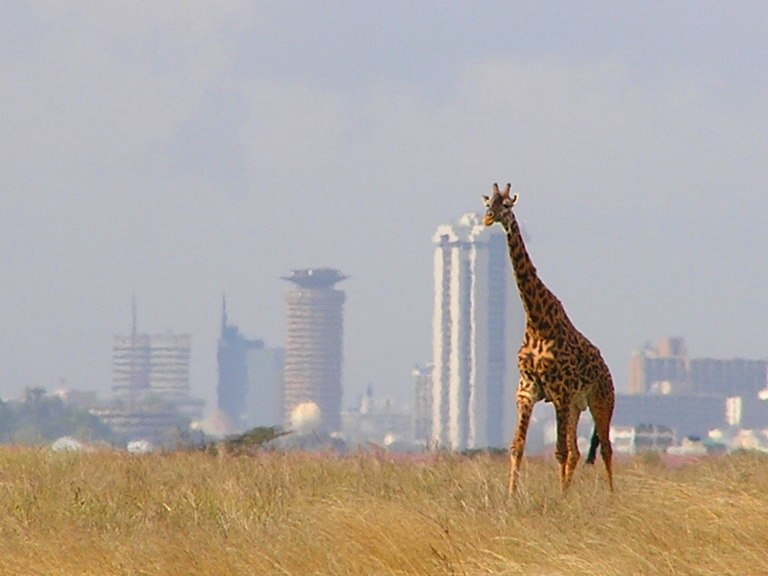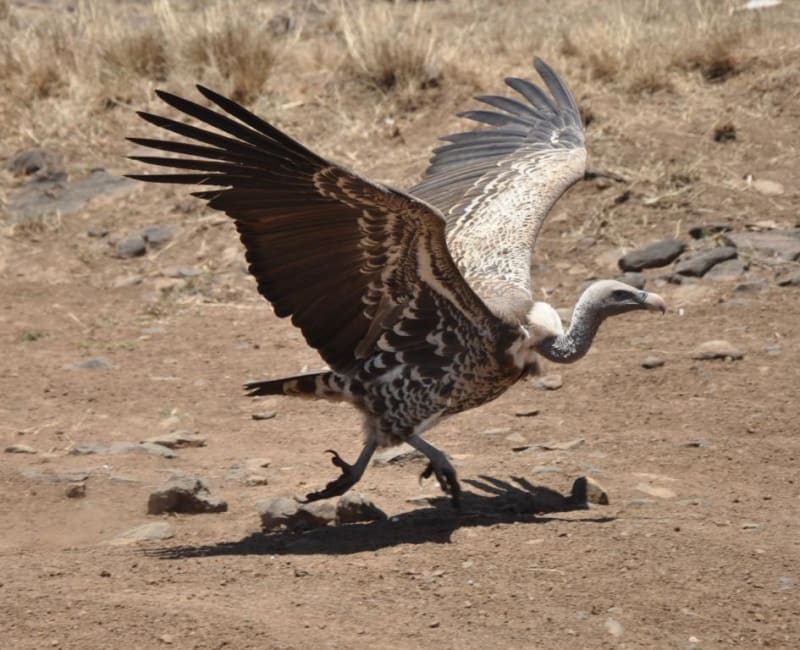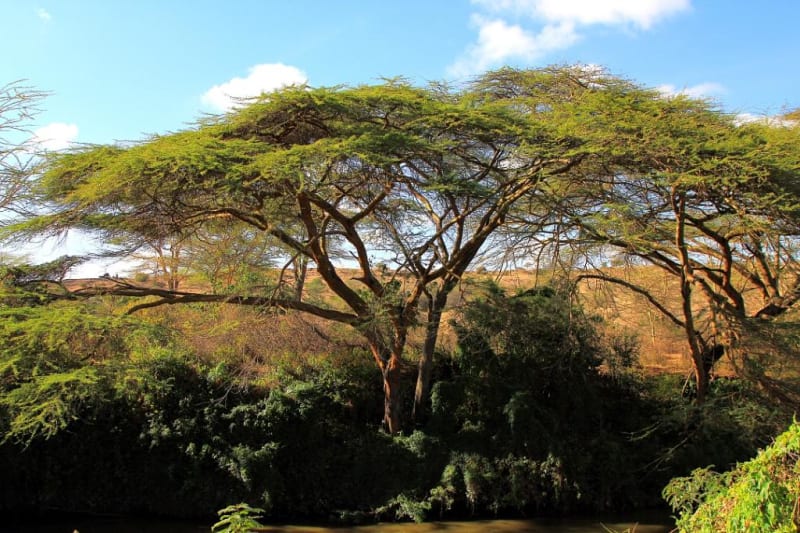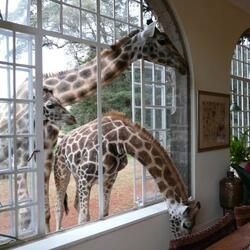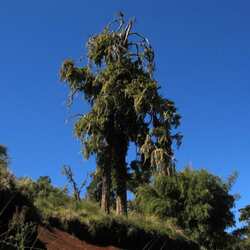Nairobi National Park
Nairobi is one of the first national parks in Kenya, founded back in 1946 on an area of 117 km2. The park is located right on the outskirts of the Kenyan capital - this is the main feature of the park. The city is perfectly visible from the park, but such proximity does not harm the flora and fauna at all, but only emphasizes its special status.
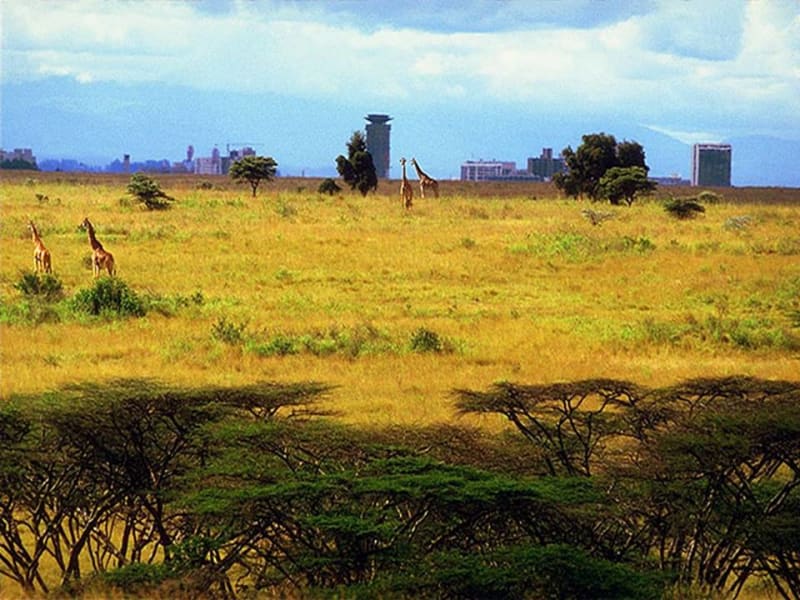
In these places, before the arrival of the British colonists, the Maasai tribe was engaged in cattle breeding, the Kikuyu nation was engaged in agriculture. But soon everything changed, and in a few decades the city of Nairobi grew. The initiator of the creation of the national park is Mervyn Cowie, who was born in Nairobi. When he returned to the city in 1932 after a ten-year absence, he was amazed at how much everything had changed: there was almost no game left in the Ati Valley, there were cattle and farms all around. Previously, there was a hunting reserve here and it was not officially allowed to hunt, but nevertheless they did not forbid grazing livestock, landfills, and sometimes the British air force bombed this territory.
After much effort by Mervyn Cowie, the Kenyan authorities decided to set up a commission to consider the protection of the Territory. And in 1946, the first Nairobi National Park in Kenya was opened. Because of this, the Maasai people had to be driven out of these lands, and Mervyn was appointed head of the national park, where he remained until 1966. In 1989, Kenyan President Daniel Moi burned 20 tons of ivory on the lands of the Nairobi National Park to raise the country's profile in terms of wildlife protection. Since then, animal bones obtained by poachers have been burned here 2 more times.

The flora and fauna of the Nairobi Park is extremely rich. This was to be expected from wild places, but clearly not in the immediate vicinity of a city of millions. Typical representatives of the local fauna are elephants, lions, cheetahs, rhinos, gazelles, giraffes. Hippos and crocodiles can be seen in the waters of the Ati River, and many birds and monkeys live in the forests nearby. In total, there are over 400 species of birds in the park. The main feature of the park is the presence of about 50 rhinos. When there was a migration route of elephants in the park, but because of poachers, few elephants reach the park.
In 1963, a shelter was opened for elephants and rhinos who strayed from the herd and lost their parents. It is located next to the main entrance to the park.
The park is best visited in July and March, when it is dry and warm. The rainy season happens here 2 times a year - in April - June and October - December.

